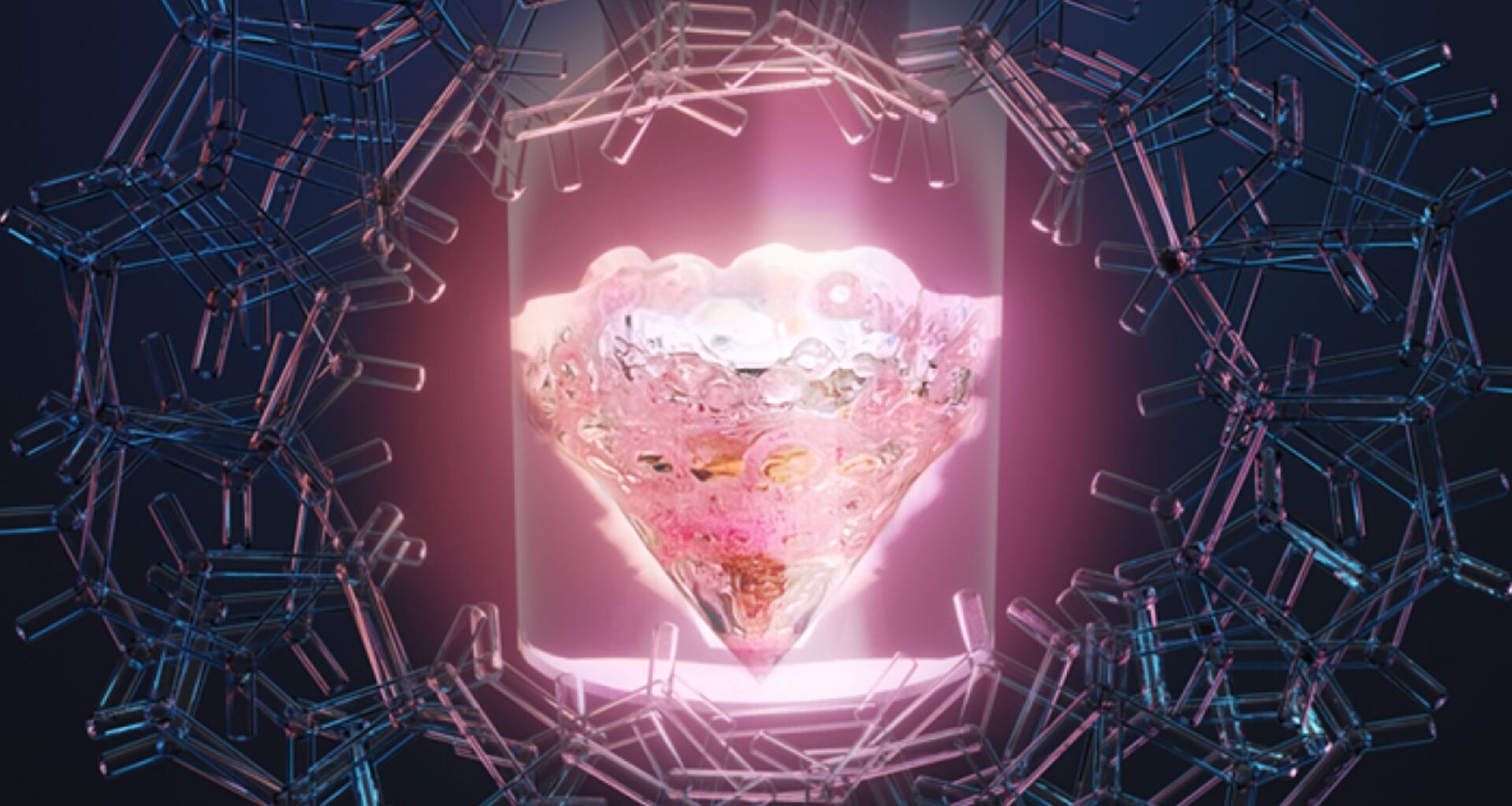Researchers in the United States have successfully characterized a promethium coordination complex for the first time. This development could pave the way for improved understanding and applications of this elusive rare earth element.
“Lanthanide rare-earth metals are ubiquitous in modern technologies, but we know little about chemistry of the 61st element, promethium (Pm), a lanthanide that is highly radioactive and inaccessible,” said the researchers in a new study.
Promethium, element 61 on the periodic table, distinguishes itself from other lanthanides by its lack of stable isotopes. This makes it exceptionally challenging to isolate and study.
“Unlike the vast majority of elements, the rare earth element promethium has no stable isotopes, which means that it is constantly decaying, making it difficult to study,” highlighted a press release.
Studying electronic structure of promethium complex
The research team successfully isolated a pure sample of promethium-147 and bonded it with an organic molecule in an aqueous solution.
“This created a stable compound, allowing the researchers to use X-ray absorption spectroscopy to measure the length of the bonds between promethium and the oxygen atoms it was linked to,” added the researchers.
“The researchers were able to study the electronic structure of the promethium complex, providing new information about promethium’s chemical and physical properties and how those properties differ from those of the other lanthanides.”
The demand for promethium is steadily growing due to its applications in diverse fields, including luminous paints, lighting, and nuclear batteries.
These batteries power critical devices such as pacemakers, guided missiles, and communications equipment. Furthermore, promethium shows promise in radioactive imaging and cancer treatments.
Currently, the Department of Energy Isotope Program remains the sole global producer of promethium-147.
Promethium differs from other lanthanides
The study revealed a crucial insight into the lanthanide series. It showed that while bond lengths between elements and molecules generally decrease as atomic number increases, this trend slows significantly after promethium.
“Promethium is one of a series of 15 metallic elements called lanthanides. These elements are difficult to separate from one another because they are so chemically similar,” explained the press release.
“Knowing more about promethium’s chemical properties could lead to better separation methods and new applications.”
This discovery could lead to improved separation methods, which is a critical factor in increasing the production of pure promethium.
Focus on rare earth materials
Rare earth elements have quite been the focus of scientists across the globe. Recently, the US Department of Energy’s (DOE) Argonne National Laboratory announced that they are working on a breakthrough technology that could revolutionize the recycling of nuclear fuel and other valuable materials.
Their research focuses on a smaller, more localized approach to recovering uranium, transuranic elements, and rare earth metals.
Their research revolves around rotating packed bed (RPB) contactors, which are a kind of chemical processing equipment that optimizes conventional metal separation techniques.
Now, the latest breakthrough could further advance the global efforts towards understanding and utilizing rare earth elements.
“Understanding this chemistry can lead to better separation methods that are needed to increase production of promethium,” concluded the press release.
